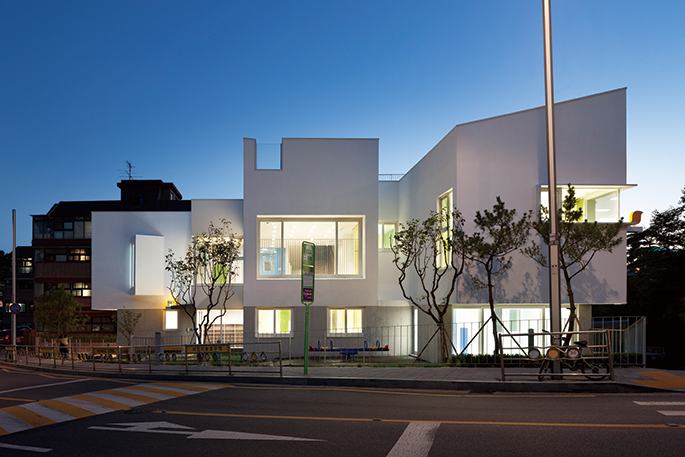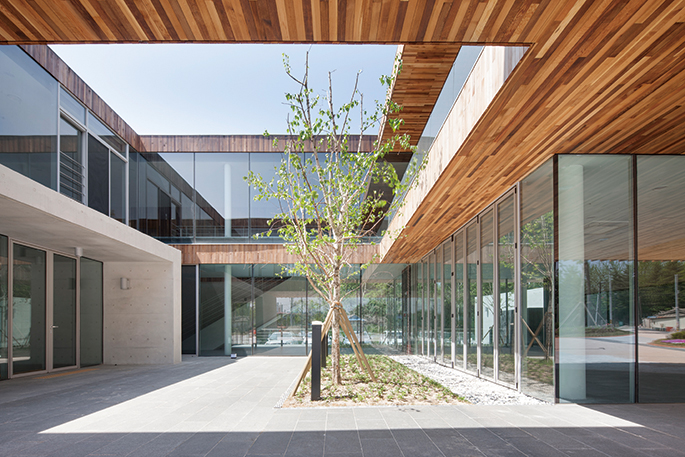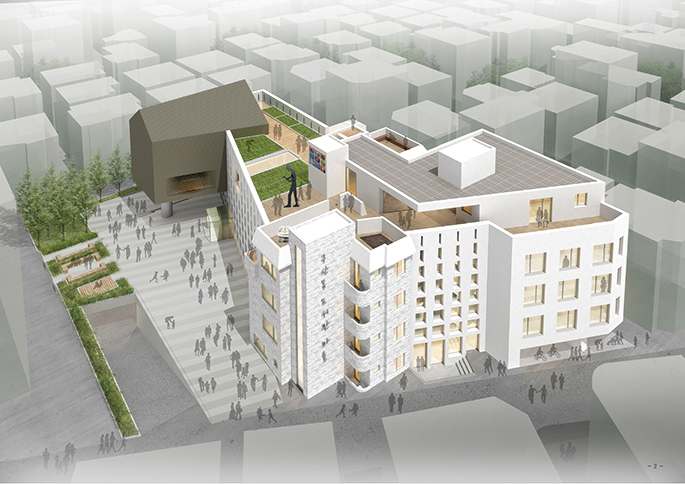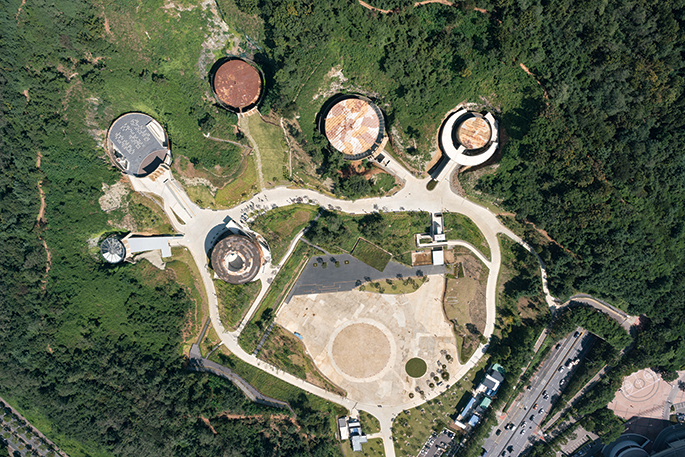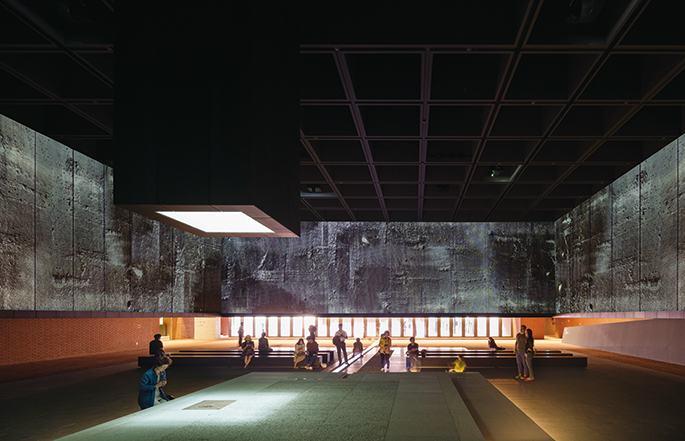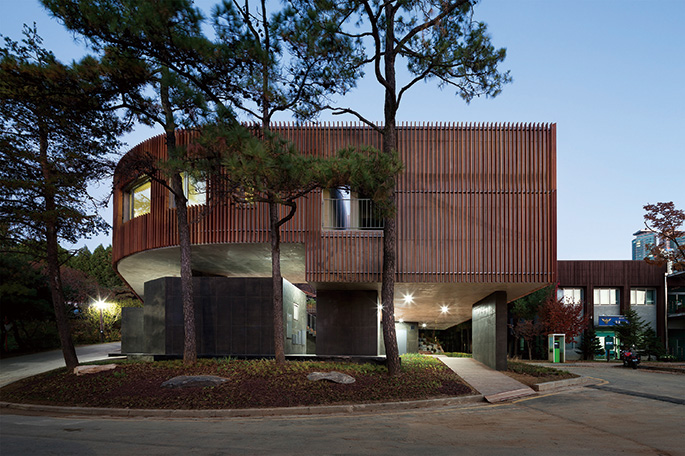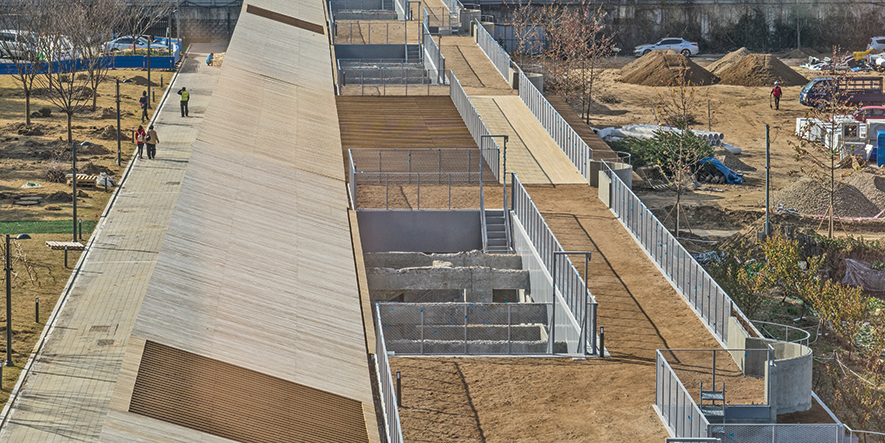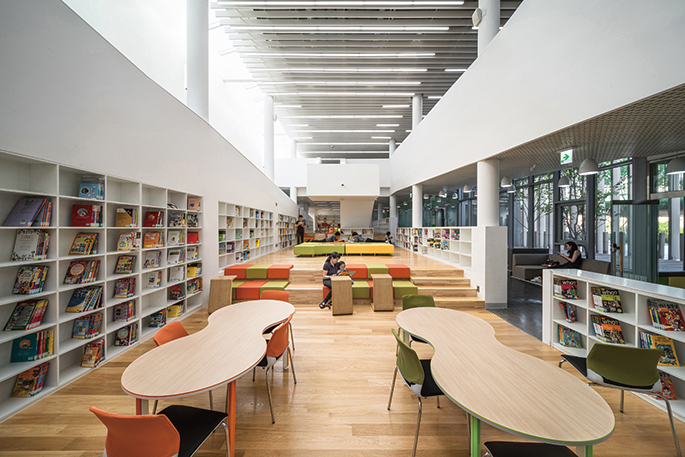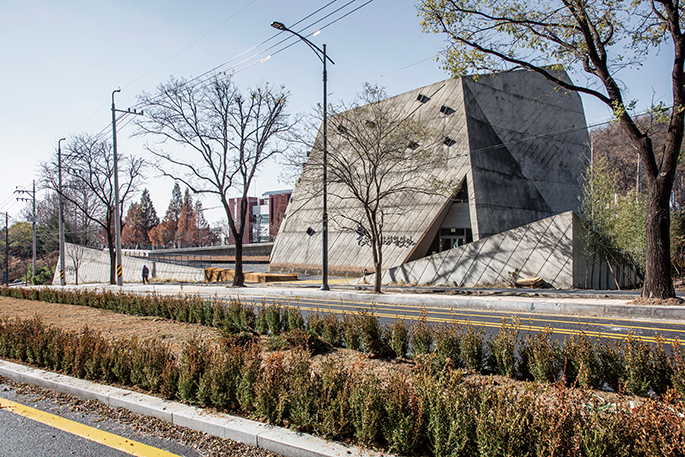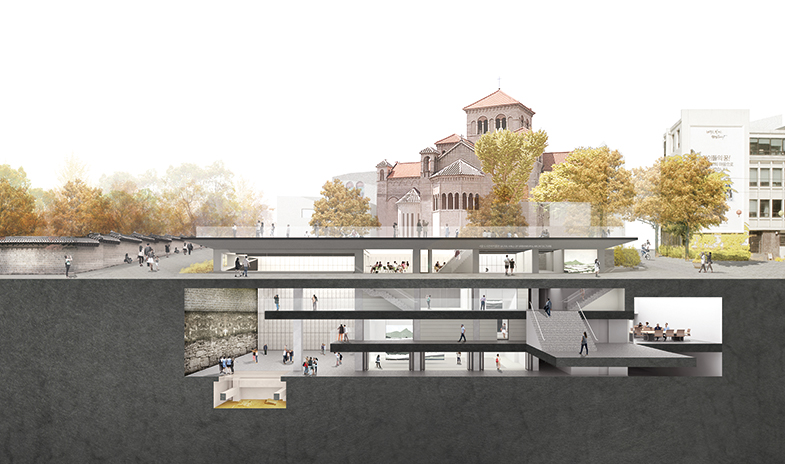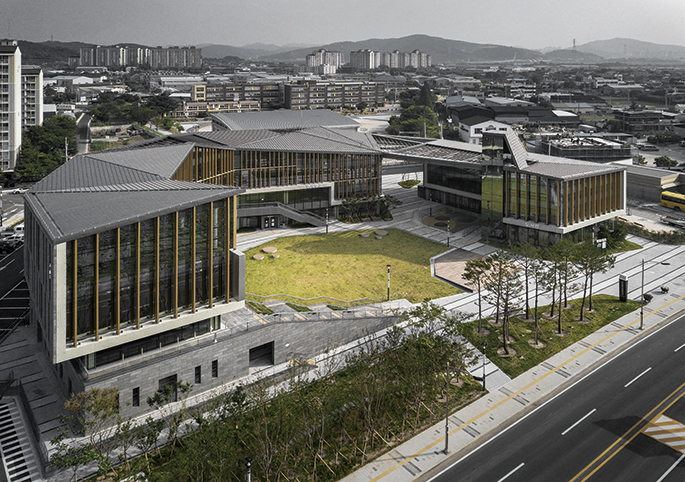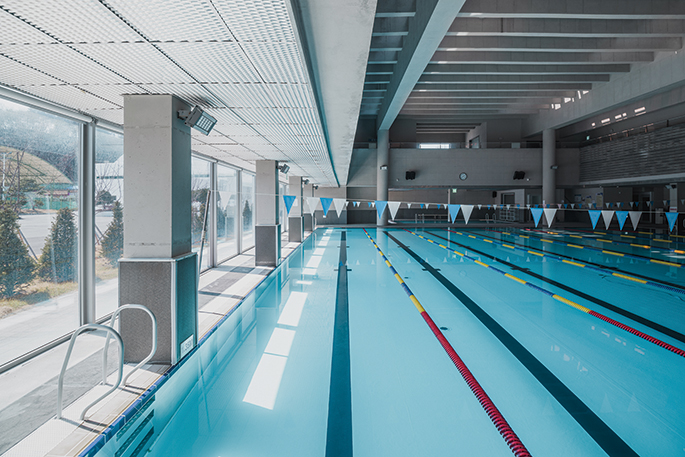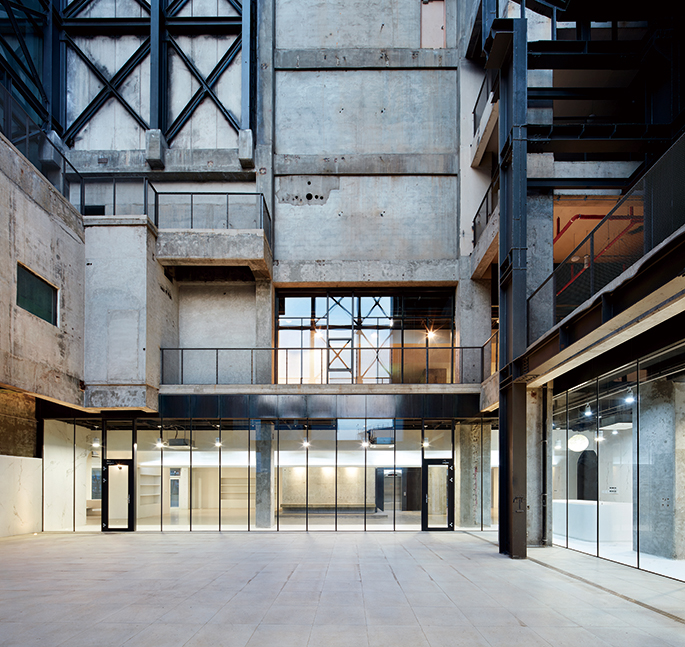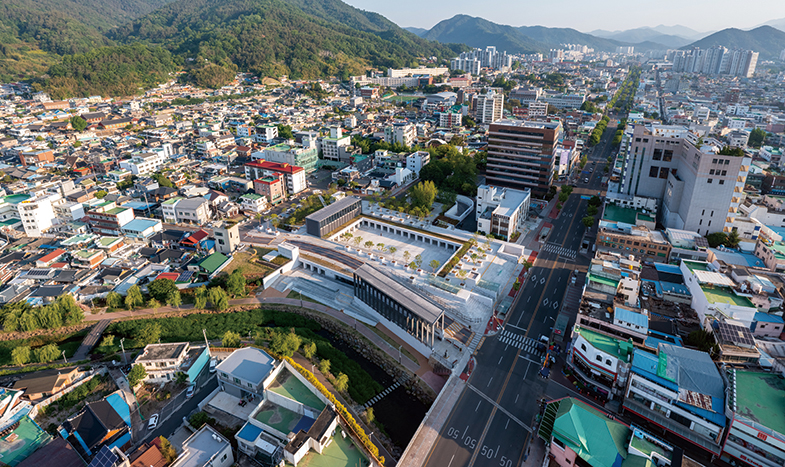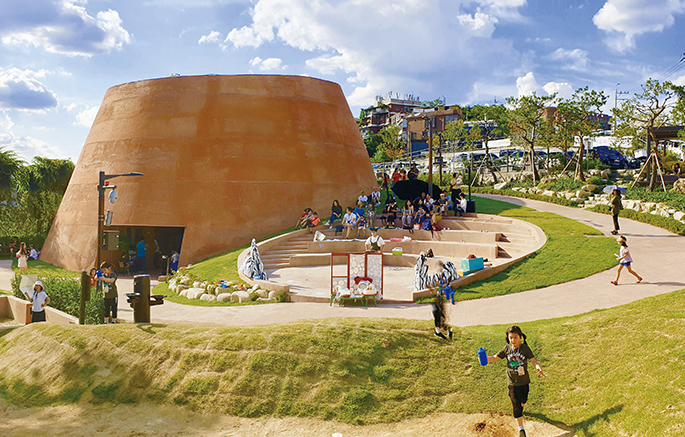SPACE November 2023 (No. 672)
10 years have passed since the design competition system was overhauled as a consequence of the Act On The Promotion Of Building Service Industry. As multiple adjustments and corrections have been made over time to the operation of design competitions, the system has given birth to numerous selections that populate our surroundings today. If these winning designs, which were born out of the creative struggles of individual designers in their respective times and places under the aegis of ‘good public architecture’, were to be assembled in a single space, what would stand out? SPACE have selected 30 distinguished examples of public architecture that have been recognised by the architectural scene over the past 10 years. We compared images of the winning designs and their results, and interviewed the architects. Our selection criteria was primarily based on being honoured with selection, but we also wanted to offer as diverse an outlook as possible according to type and year of competition, ordering institution, and use or function, to offer a wide spectrum of examples. When it came to public residences, we decided not to feature them in this article as they are a unique breed in terms of scale and programme. By reviewing all stages, from planning, examination, selection, and the post-construction phases, and after hearing from those responsible for them about the obstacles that they faced on their journey towards good public architecture, we hope that the testimonies of these people who witnessed the various aspects of the design competition system will give us a sense of continued direction as to where we should be heading in the next 10 years.
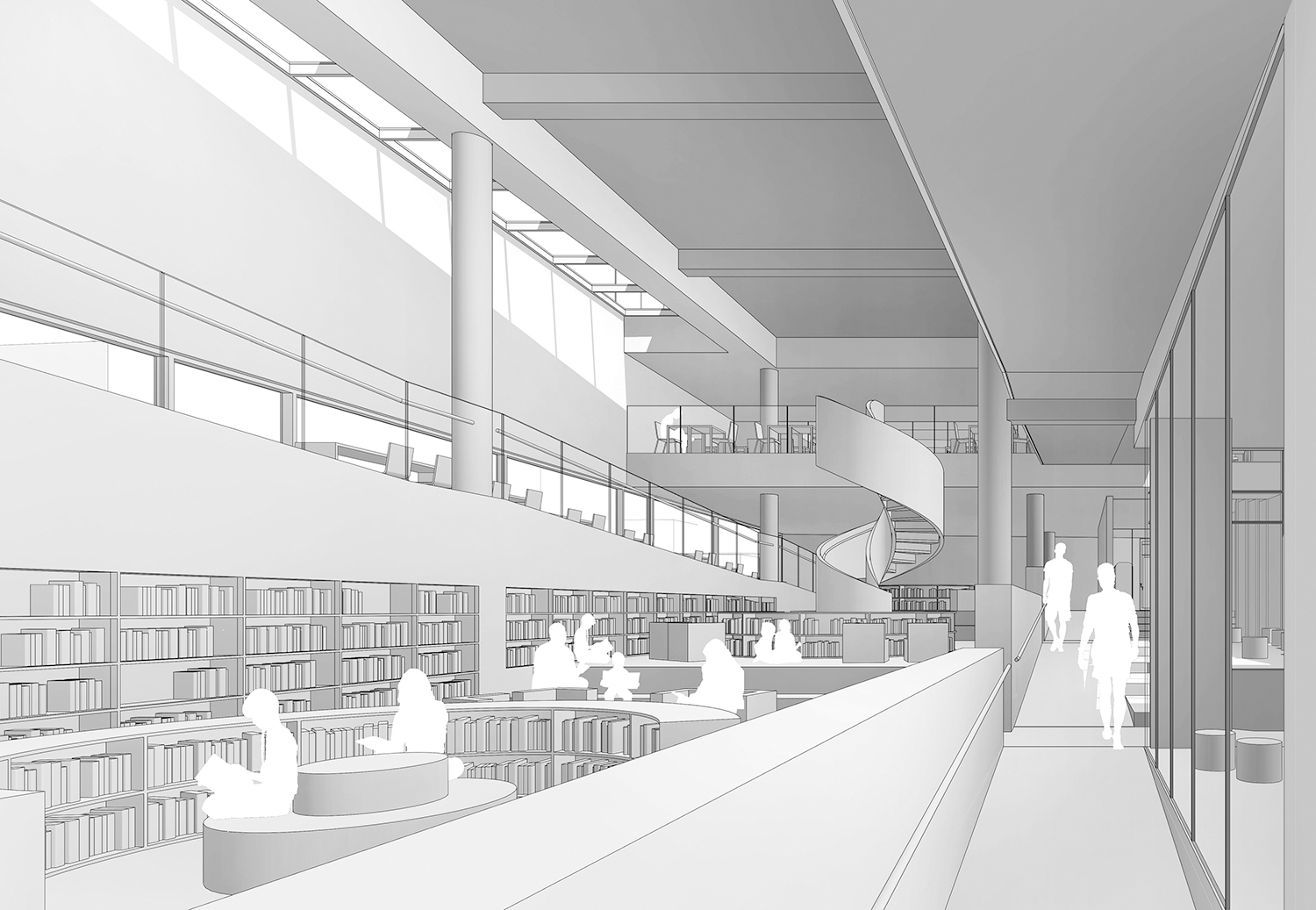
©IDR Architects
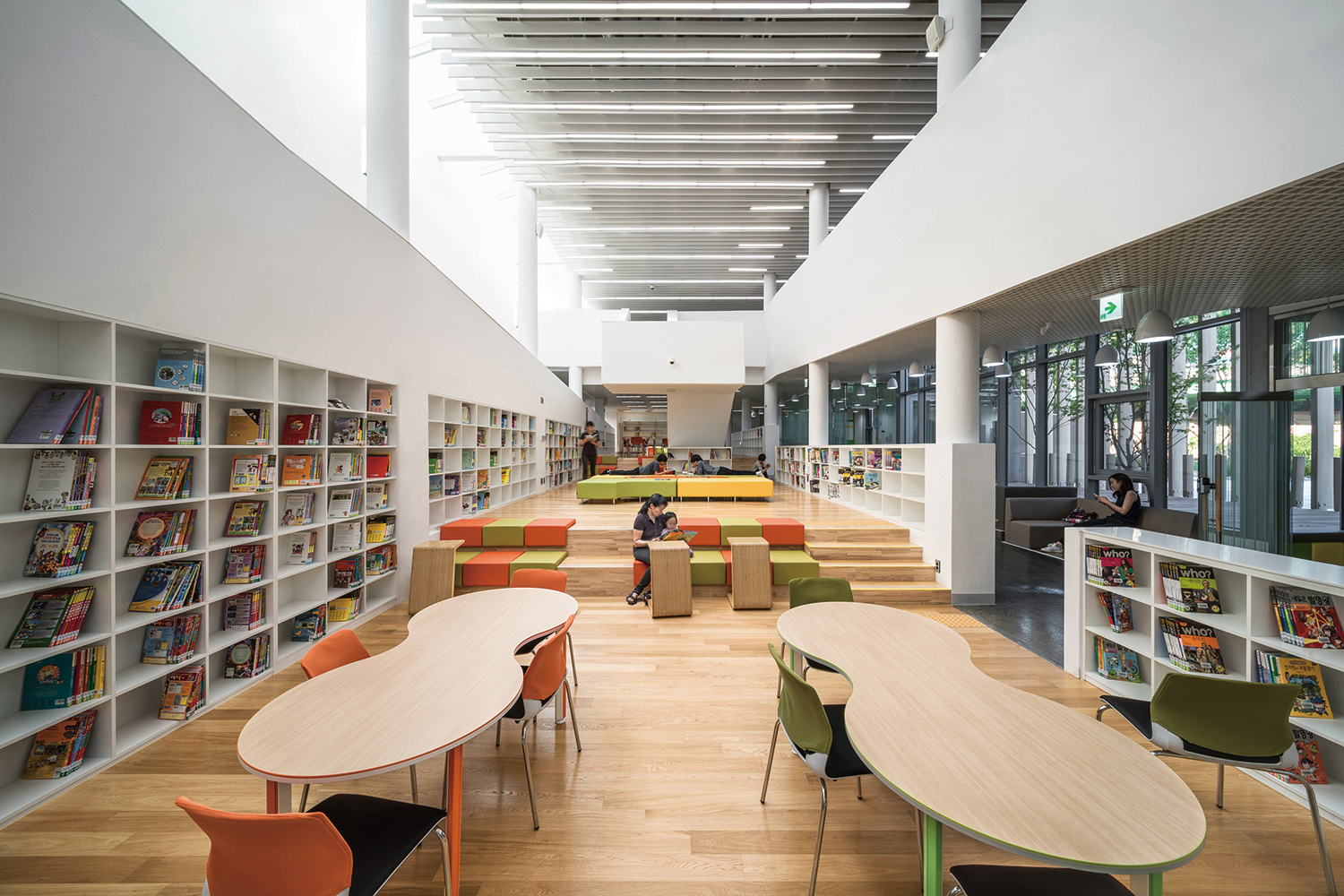
©Chun Youngho
Q1: From the design competition to construction, what was the main task when it came to the completion of your project? In which areas do you think your project did well, and what made this possible?
A1: When our design was selected, there were not many buildings that used louvers on the façade. It was a design that was difficult to accomplish for a work of budget-constrained public architecture. Also, there were no previous examples that connected the general reading room with the children’s reading room into a single space. This is because public libraries tend to demand a conservative spatial organisation that does not incur complaints. The reason why our various experimental designs could be realised as intended lies in the efforts of relevant public officials who strictly followed the floor plan during construction with respect to the selected design and the architect.
Q2: What suggestions would you make to improve the way design competitions are conducted in Korea?
A2: We think that our institutions do not harbour problems entirely of their own making. However, going against the instituted rules is a problem. If a poor design is selected due to lobbying, the entire project value, including not only that of the design but also the construction, goes down. It goes without saying that the loss of value is a loss for citizens. The best way to resolve this would be to establish an independent organisation for public architecture to prohibit lobbying practices, but this is somewhat farfetched considering that there is not much motivation to make this a reality. The more feasible and second-best option would be to use the laws and regulations that are currently available. According to the ethical regulations of the Korea Institute of Registered Architects, illegal practices during design competitions can be brought up to the Ministry of Land, Infrastructure and Transport for a work sanction penalty that can go up to 12 months. It will bring about a great change in the architectural realm if the Korea Institute of Registered Architects can remain true to their regulations.
2015 general design competition
Architect
IDR Architects (Jun Borim, Lee Seunghwan)
Location
138-19, Maegok-ro, Buk-gu, Ulsan-si
Programme
library
Gross floor area
2,103.77m²
Design cost
budget – 225 million KRW / actual cost – 207 million KRW
Construction cost
budget – 4.6 billion KRW / actual cost – 4.574 billion KRW
Competition year
July 2015
Completion year
Apr. 2017
Client
Buk-gu Office
Prize
Korean Rising Architect Awards (2017), Korean Architecture Award (2017), Public Architecture Awards of Korea (2017), Ulsan Architecture Award (2017)

IDR Architects (Jun Borim, Lee Seunghwan)
138-19, Maegok-ro, Buk-gu, Ulsan-si
library
2,103.77m²
budget – 4.6 billion KRW / actual cost R
Buk-gu Office
Apr. 2017
budget – 225 million KRW / actual cost R
July 2015





